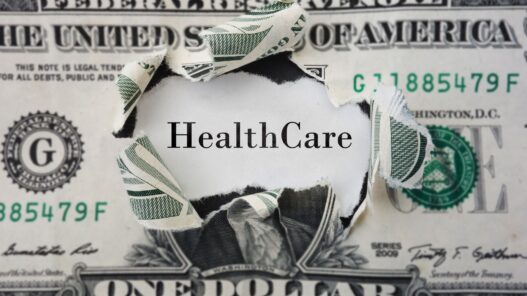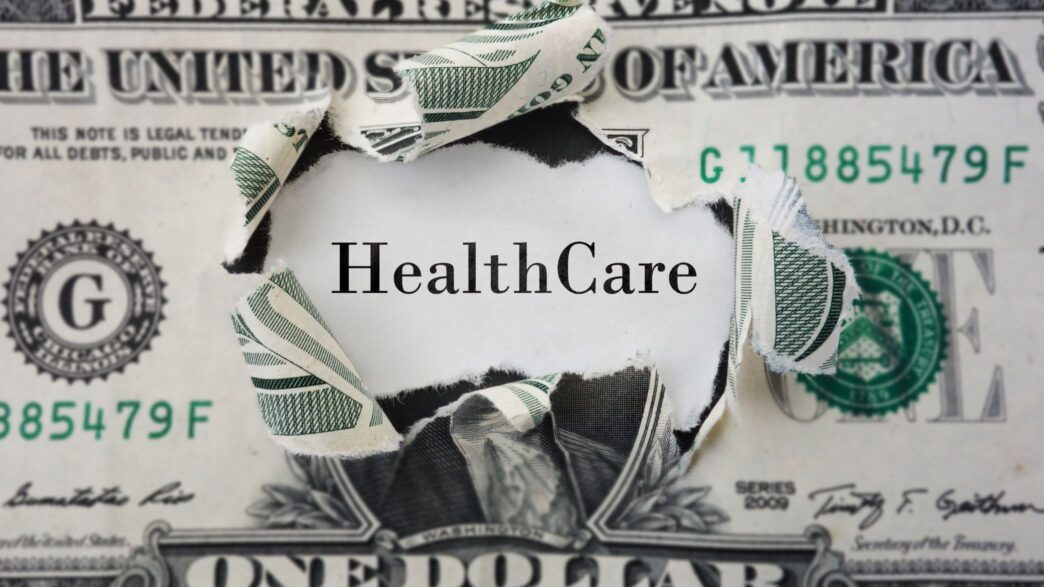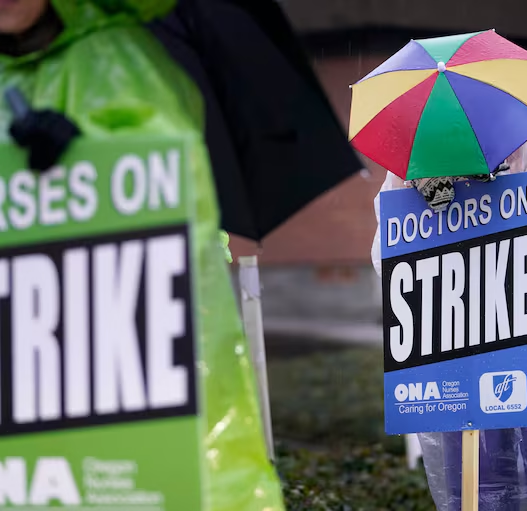Between 2022 and 2024, U.S. healthcare spending soared from $4.5 trillion to over $5 trillion, yet outcomes like life expectancy and maternal health remain alarmingly poor.
By 2024, that number had climbed to over $5 trillion, continuing a troubling trajectory of ever-increasing costs without corresponding improvements in health outcomes.
Life expectancy continues to decline, and infant and maternal mortality rates remain alarmingly high compared to other wealthy nations.
It’s a sobering reminder: spending more doesn’t always mean getting better care.
Where does this money go?
A significant portion is lost to administrative costs, inflated drug prices, and fragmented systems.
The result? A system that prioritizes profits over people and treatments over prevention.
What Must Change in 2025?
If this pattern continues, the U.S. risks an even greater health crisis.
Addressing inefficiencies, reducing pharmaceutical costs, and investing in preventive care are critical steps.
Equally important is addressing health disparities, particularly in underserved communities.
As we step into 2025, let’s hold ourselves accountable for demanding a healthcare system that truly delivers value for every dollar spent.
Change is not just necessary—it’s overdue.
In 2022, U.S. healthcare spending reached a staggering $4.5 trillion, representing 17.3% of the country’s gross domestic product (GDP).
That translates to more than $13,000 per person annually—far above what other wealthy nations spend.
And yet, despite this massive investment, the U.S. lags behind in critical health outcomes.
The Numbers Speak Volumes
The Centers for Medicare & Medicaid Services (CMS) reports that, compared to other high-income countries, the U.S. underperforms in life expectancy, infant mortality, and maternal mortality.
For example:
- Life Expectancy: Americans have a shorter average lifespan than peers in countries like Japan or Germany.
- Infant Mortality: U.S. rates remain among the highest in the developed world.
- Maternal Mortality: Women in the U.S. face significantly higher risks during childbirth compared to their counterparts in other wealthy nations.
The disconnect between spending and outcomes raises a fundamental question: where is all the money going?
The Problem: A System That Prioritizes Costs Over Care
One of the major issues is the inefficiency in the U.S. healthcare system.
Administrative costs, inflated drug prices, and a fragmented system eat up billions of dollars annually.
These inefficiencies make healthcare inaccessible for many, with millions of Americans unable to afford necessary treatments or medications despite having insurance.
Moreover, the U.S. focuses heavily on treatment rather than prevention. Chronic illnesses like diabetes, heart disease, and obesity drive much of the spending, yet preventive care—designed to stop these issues before they start—is often underfunded.
What Needs to Change?
If we’re to address these disparities, 2025 must be a year of action. Policymakers, healthcare providers, and patients all have a role to play.
Some steps that could make a difference include:
- Investing in Preventive Care: Redirecting funds toward community health programs and preventive measures can reduce long-term costs and improve outcomes.
- Streamlining Administrative Processes: Reducing bureaucracy and increasing efficiency in healthcare delivery can help allocate resources more effectively.
- Lowering Drug Prices: Legislative measures to cap pharmaceutical costs would make medications more affordable for everyday Americans.
- Addressing Health Equity: Disparities in access to care, particularly among marginalized communities, need urgent attention.
Looking Ahead: A Call for Accountability
it’s crucial to hold ourselves and our leaders accountable. The $5 trillion question isn’t just about money—it’s about the lives that could be saved if we prioritize better healthcare policies.
It’s time to demand a system that focuses not only on spending but on delivering results that reflect that investment.
A Hopeful New Year
The numbers are daunting, but 2025 offers an opportunity to chart a new course.
By tackling inefficiencies, prioritizing prevention, and ensuring equitable access, the U.S. can move toward a healthcare system that works for everyone.























